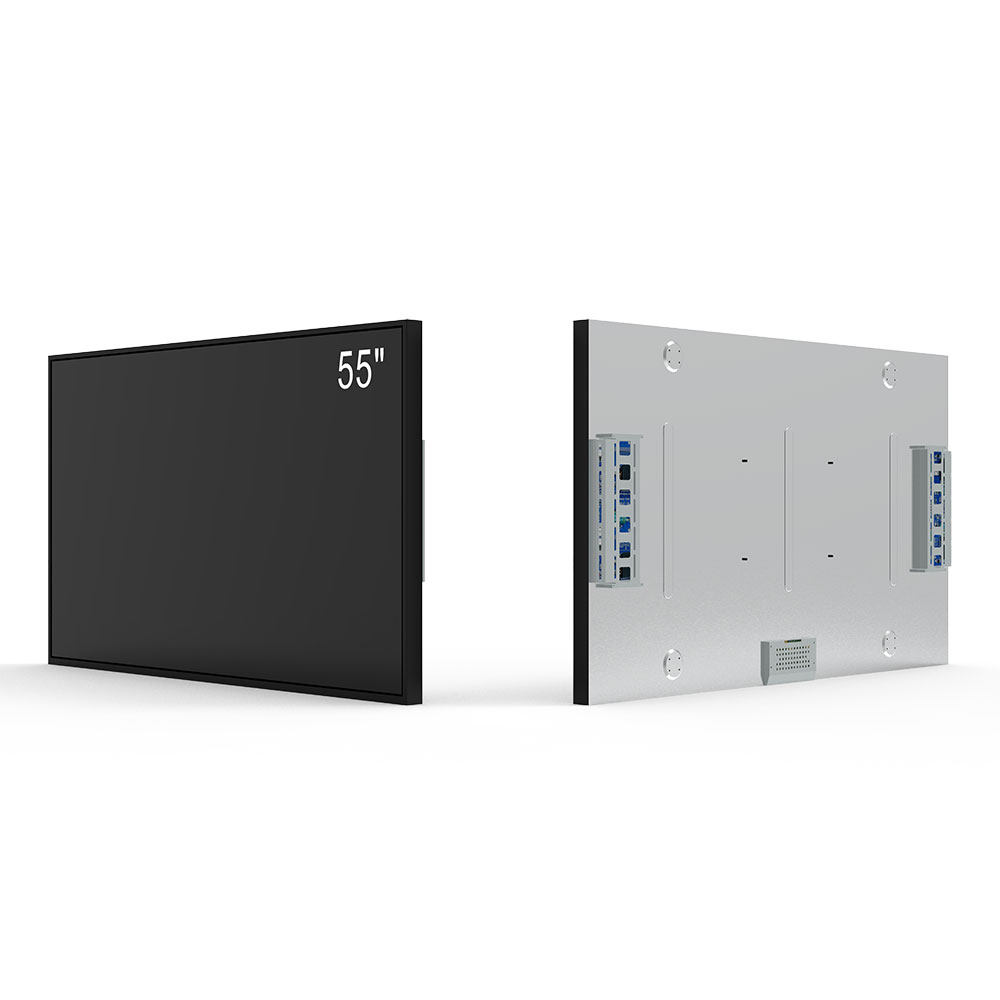- Home
- About Us
- Products
- News
- Video
- Contact
- Send Inquiry
Search
- Home
- About Us
- Products
- News
- Video
- Contact
- Send Inquiry

High-brightness, sunlight-readable LCD displays are essential in modern outdoor and transportation environments where visibility under direct sunlight is critical. These specialized screens are engineered to maintain clarity and readability even in extreme lighting conditions—ranging from bright daylight to low ambient light—making them ideal for applications such as passenger information systems in railways, buses, trains, subways, and intercity rail networks. Unlike standard LCDs that become nearly invisible under strong sunlight due to limited peak brightness (typically 300–500 nits), high-brightness models achieve luminance levels of 3,000 to 10,000 nits or more, ensuring consistent performance across all conditions.
These displays leverage advanced technologies like transflective liquid crystal panels, optimized backlighting with high-efficiency LEDs, and anti-glare coatings. For example, in subway stations or train platforms, real-time arrival times, service alerts, and safety instructions must be legible at a glance—especially during rush hours when passengers may be moving quickly or viewing the screen from multiple angles. High-brightness displays use wide viewing angles (often >170°) and polarization filters to minimize glare while maintaining color accuracy.
Beyond public transit, these displays power critical infrastructure in EV charging kiosks, gas pumps, and digital signage in retail, real estate, and urban environments. In EV charging stations, for instance, users need clear prompts for payment, status updates, and error messages—even in full sun—while gas pumps require reliable operation in both daytime and nighttime settings. Similarly, outdoor digital signage in shopping malls or city centers must attract attention without flickering or fading under UV exposure.

Industry standards such as MIL-STD-810G for environmental durability and IEC 60068 for temperature and humidity resistance ensure reliability in harsh conditions. Real-world deployments—from Tokyo Metro’s 10,000-nit displays to Siemens’ solar-resistant signage in European cities—demonstrate proven performance in over 50 countries. Furthermore, energy-efficient designs with adaptive brightness control reduce power consumption by up to 40%, aligning with sustainability goals in smart cities and green infrastructure projects.

The integration of touch functionality (with glove compatibility and IP65/67 ratings) enhances usability in industrial and outdoor settings. As cities adopt smarter mobility solutions and retail spaces embrace dynamic content, high-brightness sunlight-readable LCDs remain the gold standard for mission-critical visual communication. Their role in improving user experience, operational efficiency, and public safety underscores their importance in modern design and engineering practices.